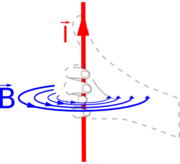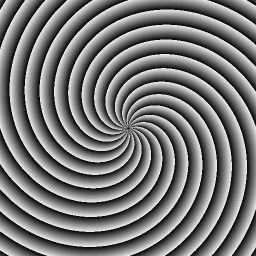Einstein won his Nobel prize primarily for his 1905 photoelectric paper "On a Heuristic Viewpoint Concerning the Production and Transformation of Light". This established the quantum nature of light. Another paper in this his "mirabalis" year was "On the Electrodynamics of Moving Bodies". This is electrodynamics and refers to Maxwell, but is considered to be Einstein's special relativity paper. Another important paper was "Does the Inertia of a Body Depend Upon Its Energy Content?" concerning mass and energy. This is of course where Einstein refers to a body losing mass via radiation, and where E=mc² comes from. See http://en.wikipedia.org/wiki/Annus_Mirabilis_papers for more, but note it's all rather a mixed bag, and Einstein covered rather more than some appreciate. He’s mainly remember for gravity and The Foundation of the General Theory of Relativity (3.6Mbytes), and some rather forget the electromagnetism content, and that he was in on the ground floor of quantum mechanics in 1905, and still centre stage at the 1927 Solvay Conference:

This meeting discussed the Copenhagen Interpretation of quantum mechanics, and Einstein essentially lost the argument. After this he was still lauded by the media and public, but became somewhat detached from the scientific mainstream. Quantum mechanics morphed into quantum field theory, quantum electrodynamics, and so on, but Einstein didn’t play much of a part. Instead he became something of a trophy for Princeton, working largely alone trying to unify electromagnetism and gravity to come up with a unified field theory. Electromagnetism was very important to Einstein, and Einstein was very important to physics. He had pictures of Maxwell and Faraday on the wall of his study, along with Newton. I don't know if you've read Newton’s Opticks, but note query 30 where he says:
It's only when you go back and read the original material do you realise where Einstein was coming from. For example in his 1920 Leyden Address Ether and the theory of relativity he said this:Newton wrote:"Are not gross bodies and light convertible into one another?"
That's Einstein talking about aether, which relativity is supposed to have dispelled. It's a good example of how the original material puts a totally different slant on things. It's similar for Maxwell. Read his original seminal work and it's very different to what is described as Maxwell's Equations. That's because "Maxwell's Equations" aren't Maxwell's equations, because Heaviside rewrote them in vector form. There's so much that you start doing your own research, and you find out Einstein and Cartan and torsion, about Einstein and Gödel and time, about Maxwell and Kelvin and vortices, and about physicists and papers you’ve never heard of before. You start noticing things like a little something in Minkowski’s Space and Time paper from 1908. Most people are aware that this constituted an important development for special relativity. However very few people pay much attention to this little paragraph two pages from the back:Einstein wrote:Of course it would be a great advance if we could succeed in comprehending the gravitational field and the electromagnetic field together as one unified conformation. Then for the first time the epoch of theoretical physics founded by Faraday and Maxwell would reach a satisfactory conclusion.
It isn't onlilne as far as I know, but see page 73 of The Principle of Relativity: A collection of Original Memoirs on the Special and General Theory of Relativity. You scratch your chin and wonder about this, then you read some more Maxwell. In particular you read On Physical Lines of Force. That’s on wikipedia, see page 53 and note this:Minkowski wrote:"Then in the description of the field produced by the electron we see that the separation of the field into electric and magnetic force is a relative one with regard to the underlying time axis; the most perspicuous way of describing the two forces together is on a certain analogy with the wrench in mechanics, though the analogy is not complete".
He's talking about a screw mechanism, which is what Minkowski's wrench was all about - a wrench turns a bolt, which has a screw thread. And look at the page heading. It's The Theory of Molecular Vortices. Maxwell was suggesting the electromagnetic field was a sea of vortices, and particles moved through it.Maxwell wrote:A motion of translation along an axis cannot produce a rotation about that axis unless it meets with some special mechanism, like that of a screw.

But sadly he missed a trick and got it back to front. Here's why, and here's how you can really understand the electromagnetic field:






